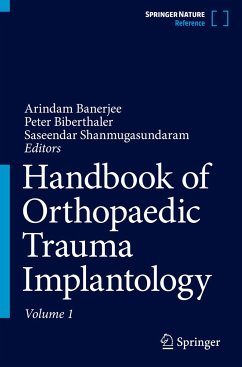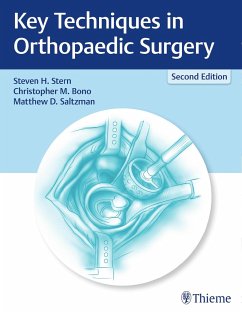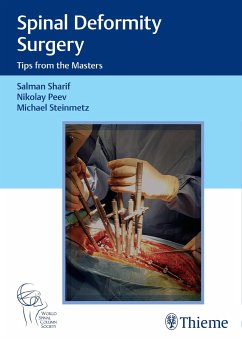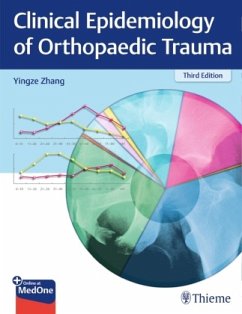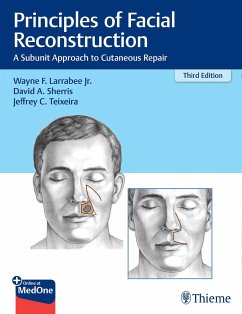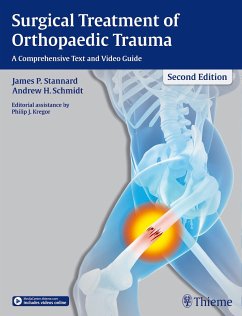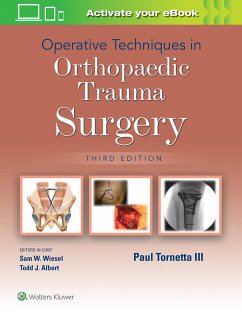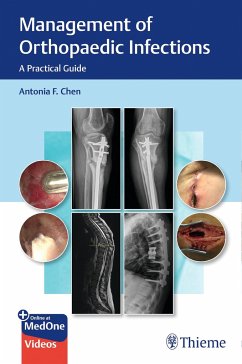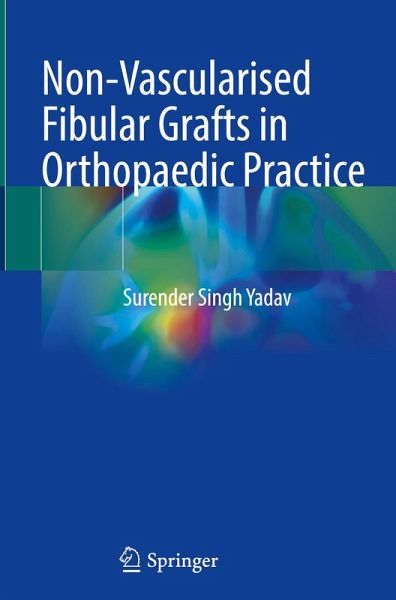
Non-Vascularised Fibular Grafts in Orthopaedic Practice

PAYBACK Punkte
53 °P sammeln!
This book covers the crucial topic of non-vascularised fibular grafts, which have been used with variable success. However, their qualitative ability to unite with the host bone has been debatable.The author conceived the concept of enhanced viability of the non-vascularised fibular grafts in 1970 by their 'immediate fixation' to the host bone. In this way, the graft experiences only a "Transient ischemia," and many osteoblasts survive the transplantation. This allows the graft to bath in the patient's blood, which no doubt provides immediate nutrition to the surviving cells on/in the graft an...
This book covers the crucial topic of non-vascularised fibular grafts, which have been used with variable success. However, their qualitative ability to unite with the host bone has been debatable.
The author conceived the concept of enhanced viability of the non-vascularised fibular grafts in 1970 by their 'immediate fixation' to the host bone. In this way, the graft experiences only a "Transient ischemia," and many osteoblasts survive the transplantation. This allows the graft to bath in the patient's blood, which no doubt provides immediate nutrition to the surviving cells on/in the graft and thus adds to the quality of the graft. Twin fibular struts also add to the quantity of the graft, even at the host-graft junction, for early union. Since the twin fibular struts are put together, a 'lateral union' takes place between the struts throughout the length of the graft. The proposed book also carries a message on most common clinical conditions where non-vascularised fibular grafts have been used with enhanced viability, as described earlier. Maternal fibular struts have also been used to successfully manage some uncommon but challenging diseases like congenital pseudoarthrosis of the tibia. This reference book serves the undergraduate and postgraduate examination-going students of Orthopaedics and Radiology and faculty members.
The author conceived the concept of enhanced viability of the non-vascularised fibular grafts in 1970 by their 'immediate fixation' to the host bone. In this way, the graft experiences only a "Transient ischemia," and many osteoblasts survive the transplantation. This allows the graft to bath in the patient's blood, which no doubt provides immediate nutrition to the surviving cells on/in the graft and thus adds to the quality of the graft. Twin fibular struts also add to the quantity of the graft, even at the host-graft junction, for early union. Since the twin fibular struts are put together, a 'lateral union' takes place between the struts throughout the length of the graft. The proposed book also carries a message on most common clinical conditions where non-vascularised fibular grafts have been used with enhanced viability, as described earlier. Maternal fibular struts have also been used to successfully manage some uncommon but challenging diseases like congenital pseudoarthrosis of the tibia. This reference book serves the undergraduate and postgraduate examination-going students of Orthopaedics and Radiology and faculty members.



